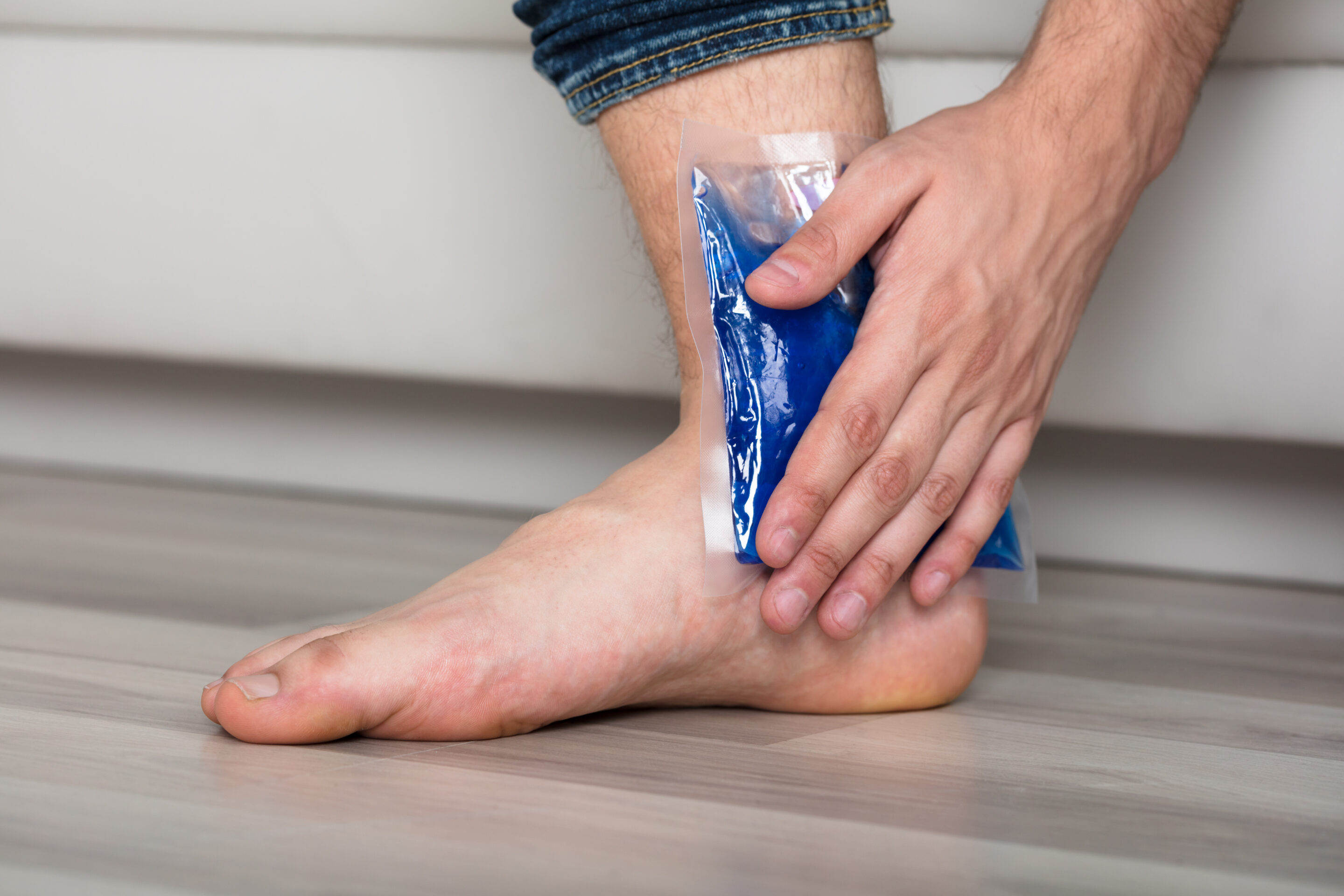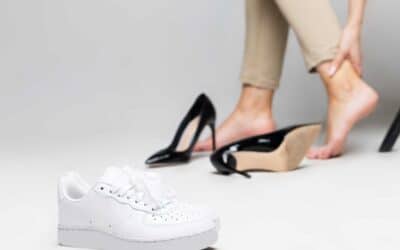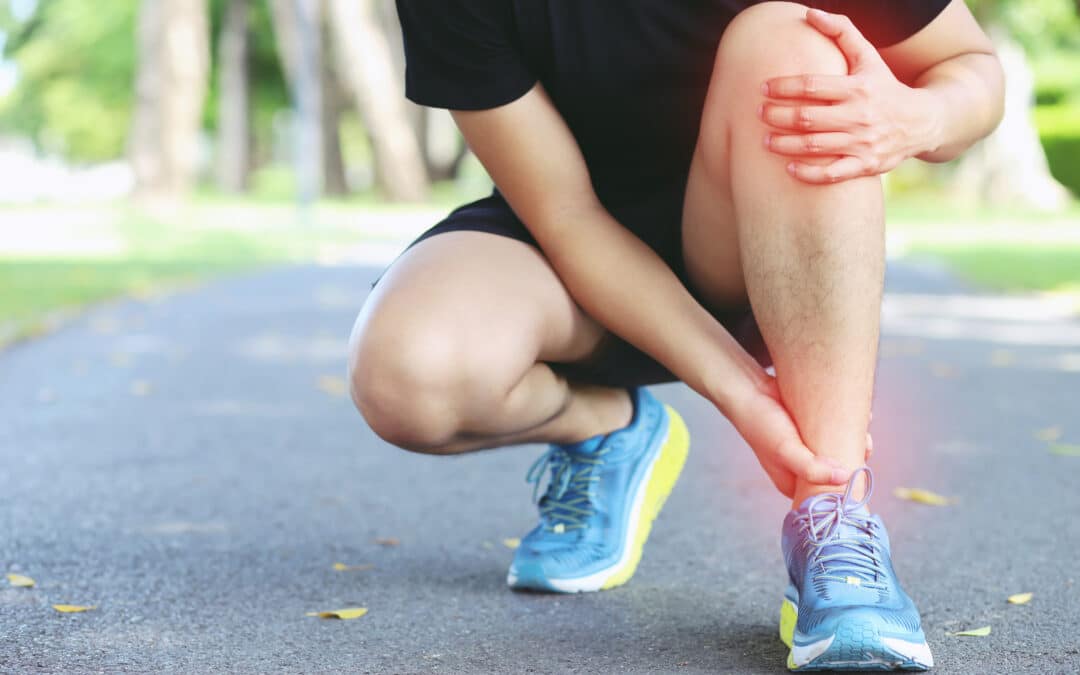How to Ward Off Heel Pain When You’re a Weekend Warrior
When the weather’s perfect and your schedule finally opens up, few things feel better than getting active outdoors. Whether it’s a spontaneous run, a pick-up soccer game, or joining a weekend basketball league, the weekend warrior lifestyle is all about jumping into action. But here’s the catch: sudden bursts of activity can come at a cost, especially to your feet. Heel pain is one of the most common complaints among weekend warriors, often caused by overuse or improper preparation.
At Texas Foot & Ankle Center, we understand your passion for staying active — and we’re here to help you do it safely. Let’s walk through how to prevent heel injuries so you can enjoy your favorite weekend activities pain-free.
Why Weekend Warriors Are Prone to Heel Pain
If you find yourself inactive most of the week and then push your body hard on weekends, you’re at a higher risk for injury — especially heel pain. Here’s why:
- Lack of conditioning: Your body needs time to build strength and endurance. Without regular training, muscles and tendons are more vulnerable to strain.
- High-impact stress: Activities like running, basketball, or soccer put significant pressure on your feet and heels, especially during quick stops or jumps.
- Overuse injuries: Without proper warm-up or progression, sudden activity overloads the tissues in your feet, leading to inflammation and pain.
Even if you’re in generally good health, this pattern can cause common heel injuries that leave you sidelined.
Common Heel Injuries in Weekend Warriors
Several heel-related conditions are particularly common among weekend warriors. Here are the top culprits:
Plantar Fasciitis
This is the leading cause of heel pain in adults. It occurs when the plantar fascia — the ligament running along the bottom of your foot — becomes inflamed, often due to excessive strain or poor footwear.
Achilles Tendinitis
This overuse injury affects the Achilles tendon, which connects your calf muscles to your heel bone. It causes stiffness, swelling, and pain in the back of the heel, especially after activity.
Heel Bursitis
This involves inflammation of the bursa — small fluid-filled sacs that cushion bones and tendons. Heel bursitis causes tenderness, swelling, and discomfort, particularly when pressure is applied to the back of the heel.
Symptoms of Heel Injuries
Heel injuries often start subtly and get worse over time if ignored. Here are some warning signs to watch for:
- Sharp or stabbing pain in the heel, especially with the first steps in the morning
- Aching or stiffness after physical activity
- Swelling, redness, or tenderness around the heel area
- Difficulty walking or standing for extended periods
If you’re experiencing any of these symptoms, it’s time to take your heel pain seriously — before it worsens.
How to Prevent Heel Pain & Sports Injuries
The best way to stay active is to stay proactive. Here are some effective ways to protect your heels from injury:
Warm Up & Stretch
Take 5–10 minutes to get your blood flowing and loosen up tight muscles. Dynamic stretching is especially helpful before exercise.
Wear Supportive Footwear
Invest in shoes that match your activity — with proper arch support, cushioning, and shock absorption.
Ease Into Activity
Avoid going from 0 to 100. Gradually increase your workout intensity and duration to build endurance safely.
Listen to Your Body
Don’t ignore pain or discomfort. Take breaks and modify your routine if something doesn’t feel right.
Allow Recovery Time
Your feet need time to rest and repair. Incorporate rest days into your weekly routine to avoid overuse injuries.
Treatment Options for Heel Pain
Already dealing with heel pain? Don’t worry — there are several effective treatments available.
R.I.C.E. Method
For mild injuries, follow the R.I.C.E. protocol:
- Rest the injured foot
- Ice the area to reduce inflammation
- Compress with a soft bandage
- Elevate your foot above heart level
Custom Orthotics
These can provide extra arch support, improve alignment, and reduce pressure on your heels during activity.
Physical Therapy
Targeted exercises and stretches can help strengthen your feet and lower legs, restoring mobility and reducing pain.
Medication & Injections
Over-the-counter pain relievers or anti-inflammatory injections may be recommended for moderate to severe heel pain.
When to See a Podiatrist
If your heel pain persists despite rest or home care, it’s time to see a foot specialist. At Texas Foot & Ankle Center, we provide expert diagnosis and custom treatment plans tailored to your needs.
Get Expert Care for Heel Pain
Don’t let heel pain bench you from your favorite activities. If you’re experiencing discomfort — or want to prevent injury before it happens — our expert podiatrists are here to help.
Call Texas Foot & Ankle Center at (214) 660-0777 or book an appointment online today to get back to doing what you love — pain-free.
© Texas Foot & Ankle Center. All Rights Reserved.
Web Design by CP Solutions.
Marketed by VMD Services.



